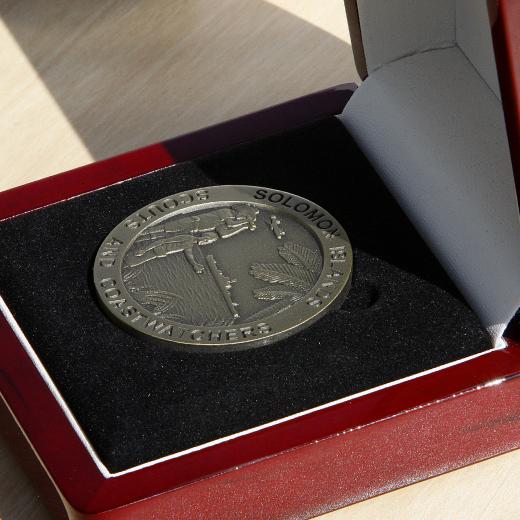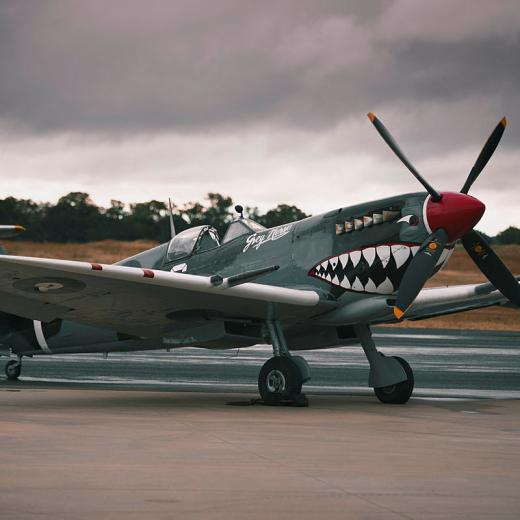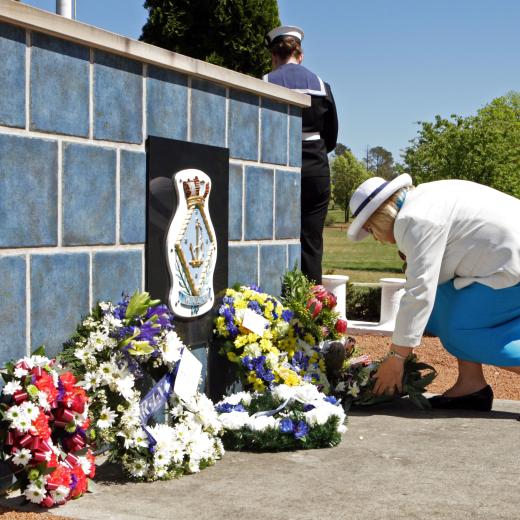BLUF
Eighty years ago, world-changing technology emerged - the first viable jet engine. Had the project been neglected, and was it too late to change the shape of World War Two?Summary
This article by Jennifer Harby, writing for BBC News, makes the following points:
- In 1929, the British government rejected Whittle's idea for a jet engine.
- A jet engine requires a different understanding of aerodynamics and thermodynamics.
- Many distinguished British engineers could not grasp the science behind a jet engine.
- In the 1930s, the government believed the project to produce a working jet engine important enough to be given top-secret status.
- However, in the late '30s, the government focused on defending the UK from Nazi Germany and existing technology.
- In 1940, the Air Ministry decided to award all production contracts for Whittle's jet designs to his team and auto manufacturer Rover.
- Rover constantly amended Whittle's design yet failed to fly a single-engine.
- On 15 May 1941, the jet engine-powered Gloster E.28/39 completed a 17-minute flight.
- Churchill's wanted 1,000 jet aeroplanes manufactured, but the war was nearly over when Whittle produced a feasible design.
- After the war, Whittle was knighted and moved to the US.
References
Recent Runway Posts related to this topic:
- This British Jet Bomber Was So Good The Americans Wanted It Too | The Runway (airforce.gov.au)
- Reaction Engines chases the elusive prospect of a hypersonic fighter jet | The Runway (airforce.gov.au)
- The World’s Largest Aircraft Engine Is Underway | The Runway (airforce.gov.au)
References from the web:
- Jul 2019 ThoughtCo The History of the Jet Engine Who Invented the Jet Engine?
- May 2020 Interesting Engineering 11 of the Coolest Jet Planes from the Early Days of the Jet Age
- Oct 2020 Air Force Historic Aircraft
Source Information: BBC News
- Article Source: Home - BBC News
- Media Check: BBC News -Media Bias/Fact Check (mediabiasfactcheck.com)
- LEARNING OUTCOMES—RUNWAY | The Runway (airforce.gov.au)





